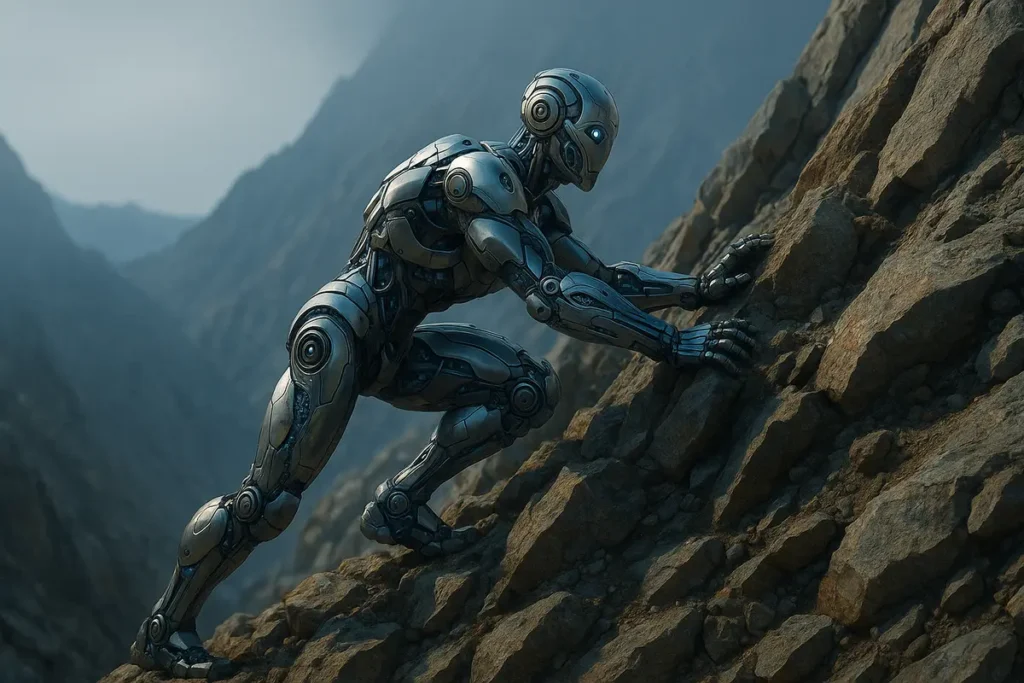Has AI Reached Its Peak? When is Singularity? Will AI ever be smarter than us?
AI today can do anything and everything. Be it writing mails, creating art, diagnosing diseases, it is now done with a simple click. Not a day goes without another massive game changing model, that is impressively better than its predecessors. But a quieter question looms under all the noise in the AI sphere:
Is this it? Have we seen all there is to AI? Has it peaked?
Or have only just began?
AI becomes the Buzzword
The release of ChatGPT by OpenAI in 2022 marked a pivotal moment in the AI timeline, sparking widespread public interest.
~OpenAI
The year is 2023 and AI had taken the world by storm. The news, the media, people, friends, literally everyone was talking about one thing and one thing only – ChatGPT. It was a big step in the world of AI. And it didn’t stop there. The models kept on coming, improving at a rate that was fascinating, scary even. People began to speculate that we would reach Singularity by the end of decade. AI was the new buzzword and you would missing out on the hype train if you didn’t know about it.
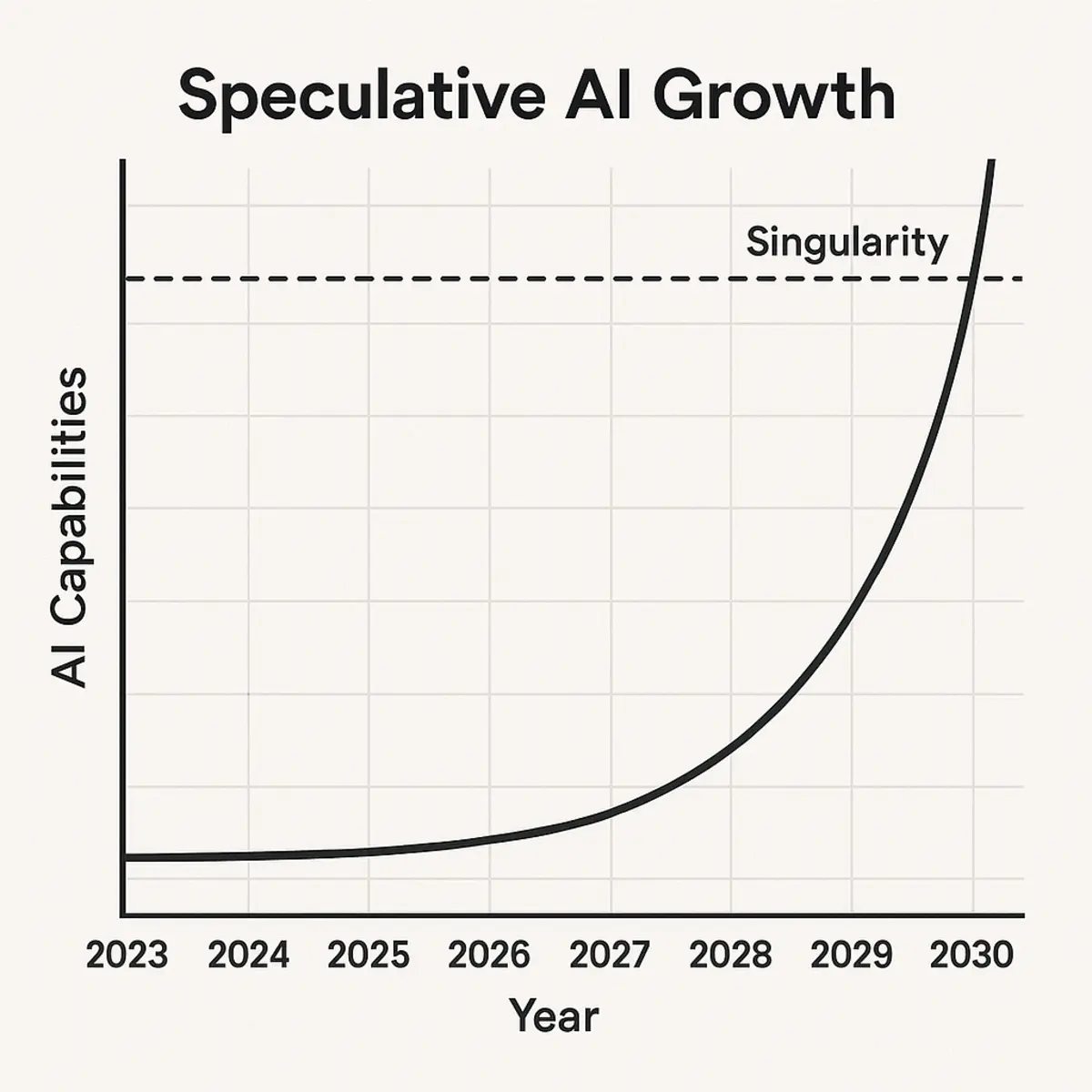
The hype surrounding AI has diminished, and the pace of growth has changed. GPT-5, the highly anticipated successor to GPT-3, remains elusive. Even the most advanced models today struggle with tasks that humans effortlessly perform. As highlighted in articles from MIT Technology Review, even the most sophisticated models often fail basic reasoning and memory-intensive tasks. It appears that simply scaling models and feeding them more data has reached its limits. We have reached a point where progress is no longer exponential but rather intricate, subtle, and human-driven.
This isn’t a sprint anymore.
It’s a climb.
And the mountain is steeper than we thought.
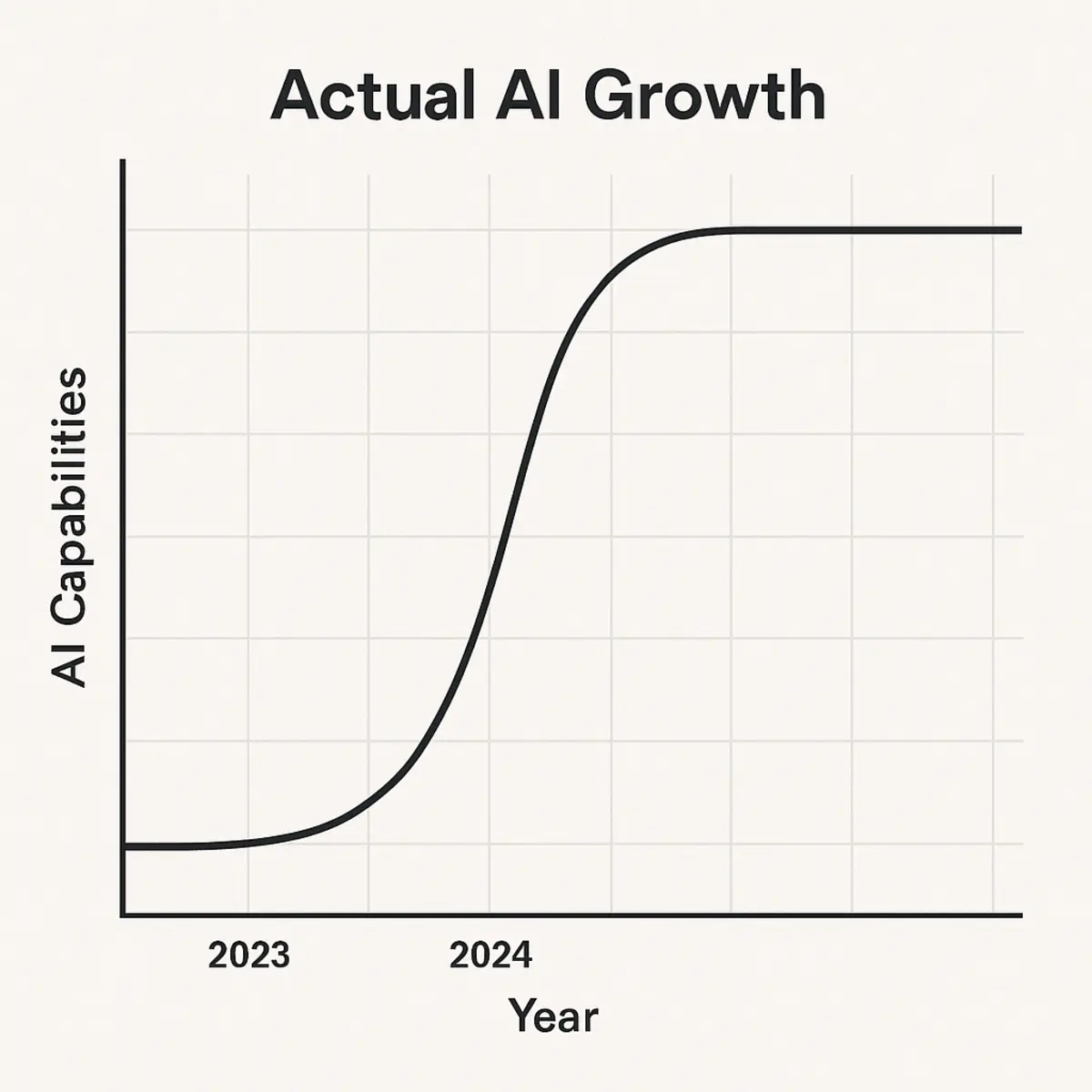
Is This the Peak? Not Even Close.
You might look at the current pace and wonder: Have we hit the ceiling?
If today’s AI can’t solve what we easily can, and each new model looks more like a fine-tune than a revolution… maybe this is as good as it gets?
Let me be clear: It’s not.
Why? Because there is no peak.
Ask yourself—what would it mean for AI to have “peaked”?
Would it be able to do more than just reply to your prompts? Would it be able to clearly do things without hallucinating? Would it fail, learn and grow from its mistakes?
Would it be sentient?
Some call this the technological singularity. A point where AI becomes its own author, its own experimenter, its own observer.
And yet—even that wouldn’t be the end.
Because intelligence, like curiosity, has no finish line. It stretches forward, always revealing more. What looks like a summit is often just a ledge before a greater climb.
So no, AI hasn’t peaked.
Because in truth, peaks don’t exist.
So what exactly is AI – Like seriously what is this thing?
Let’s take away all the difficult words like transformers, LLMs, etc. At the very basic level, AI is just a guesser.
GPT? Guesses the next word.
DALL·E? Guesses the next pixel.
Copilot? Guesses the next line of code.
Suno AI? Guesses the next note or beat.
It is just… pattern recognition.
But before we dismiss it as shallow, ask yourself:
Don’t we guess too?
If I say:
“Hello, how are…”
You probably just thought “you?” without even trying.
Not because you paused to reason, but because your brain has seen this pattern before. You’re guessing—using memory, emotion, instinct.
But there is a clear difference between AI and us. AI lacks things we have. AI cannot truly understand what it generates. It doesn’t possess any inherent mechanism to grasp meaning. What we have now is a chain-of-thought model, but these thoughts are superficial. AI doesn’t feel emotions, and while it has impressive memory capabilities, it doesn’t remember things like humans do. It doesn’t comprehend stakes or consequences. It cannot interact with the environment in the way living beings do.
Above all, the biggest problem is—
The Nature of Knowledge Itself – The real Obstacle to reach the Peak
Everything you know exists
Every thought you can think of is present in the real world.
You know what “blue” is because you’ve seen it.
You know what a “pen” is because you’ve held one.
But someone thought of a unicorn even though it doesn’t exist in reality.
That may be true but a unicorn is a mix of a horse and a horn, both of which exists in the real world.
Similarly, a mermaid is a human and fish, both of which exist in the real world.
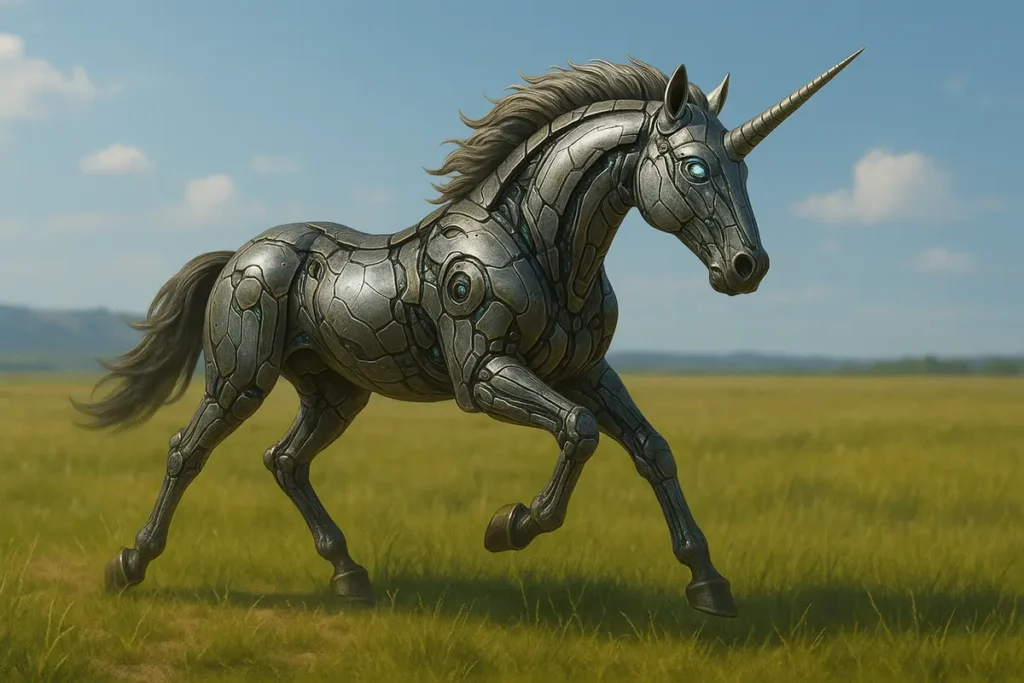
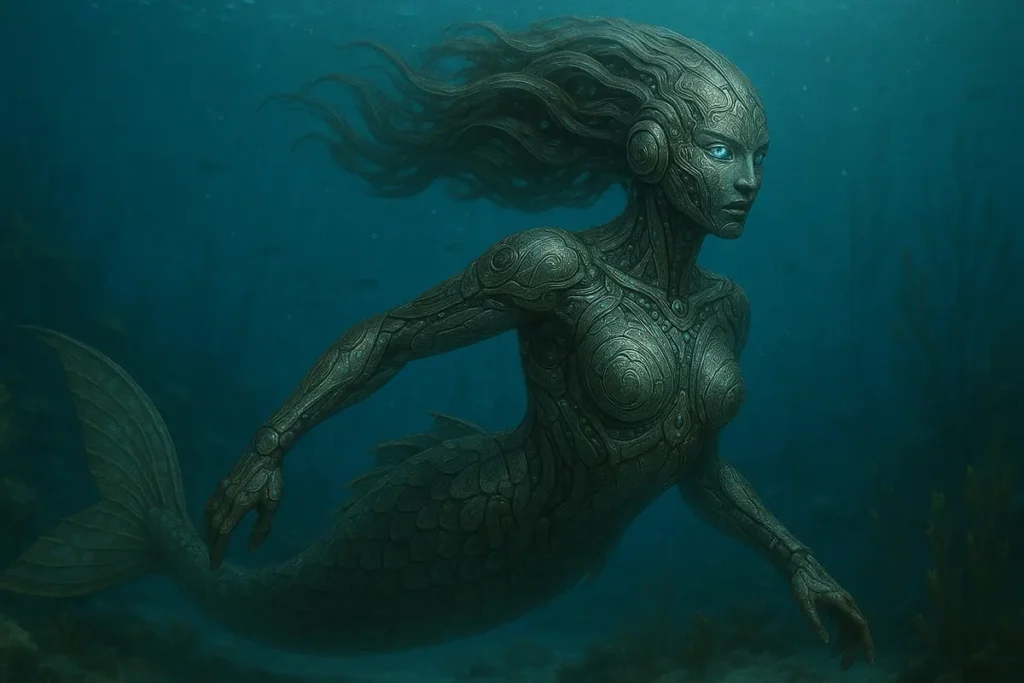
A unicorn is a complex idea and a horn and horse its simpler components.
Two or more simple ideas can combine to form a complex idea (horn and horse in this case are simple ideas but they too can be broken down into simpler ideas).
Can you think of any simple idea that doesn’t exist in the world? No, you can’t. You can never invent a simple idea that doesn’t exist in reality.
That is true for AI too.
No model, no matter how advanced, can generate a truly new simple idea without perceiving it first. AI learns only from what we give it.
It doesn’t see. It doesn’t feel. It doesn’t explore.
And hence why it will always be a step behind us.
So how do we reach that Peak?
If we want AI to truly evolve, it must become more than a reflection of us.
It must become a witness of the world.
That means giving AI a body, letting it roam, letting it fail, letting it grow.
It must be able to collect its own data. Make its own decisions. Interact with an unpredictable reality and learn from it.
In other words: robotics
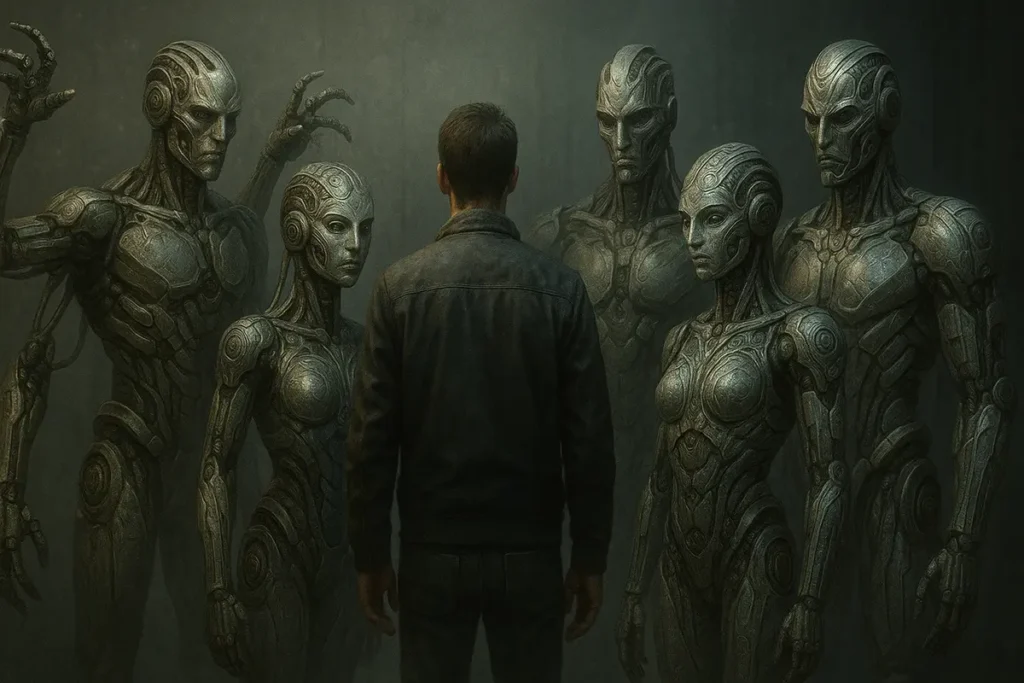
Only then can AI stop guessing the next word—and start experiencing the next reality.
Only then can it break the cage of secondhand knowledge.
And only then can we truly reach the summit.
Final Thoughts: No, this isn’t the Peak
So, has AI peaked?
No.
We’re not at the summit.
We’re at base camp.
The climb ahead is long and perilous—but also thrilling.
Because what lies at the top isn’t just better technology.
It’s a new kind of intelligence.
One that sees. One that learns. One that understands.
One that makes us witness what its peak looks like.
If you’re curious about how ChatGPT works and what it can actually do, check out our Comprehensive Guide to ChatGPT for a detailed breakdown of its features, uses, and capabilities.
